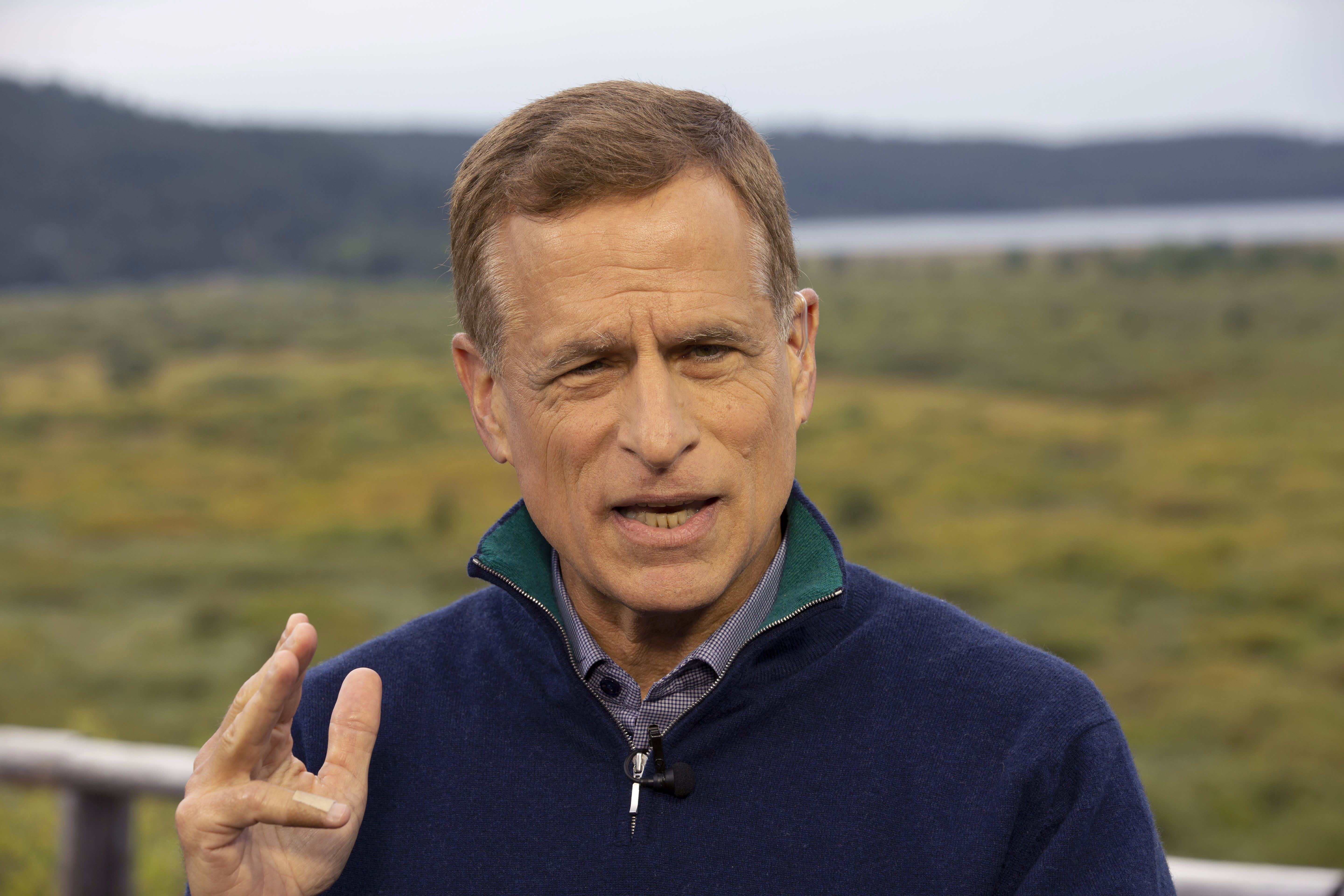
जेरार्ड मिलर | CNBC
Though he expects the U.S. to experience “solid” growth this year, Dallas Federal Reserve President Robert Kaplan said interest rates should remain where they are.
The central banker, in an essay released Tuesday morning, backed the wait-and-see approach that his fellow voters on the Federal Open Market Committee have adopted. Officials at the past two meetings have voted to hold the line on rates after approving three 25 basis point cuts in 2019 as part of a “midcycle adjustment” aimed at stabilizing the economy.
“It is my view that, based on my base-case outlook for the U.S. economy, the current setting of the federal funds rate at 1.5 to 1.75 percent is roughly appropriate,” Kaplan wrote.
He disclosed that his dot in the Fed’s “dot plot” of individual members’ rate expectations released each quarter indicated in December that he believes no rate moves are warranted this year.
That is at odds with market expectations — futures traders see a 72% chance of a quarter-point cut by September and a 49% probability for an additional move lower before the end of the year, according to the CME’s FedWatch tracker.
Kaplan said he will continue to monitor risks, particularly from the coronavirus and its impact on global growth. Dallas Fed economists think it is “still too soon to predict with confidence the ultimate impact of this virus on the U.S. and global economies.”
However, he sees the U.S. getting a boost from three key factors: ratification of the USMCA trade agreement with Canada and Mexico, as well as the first phase of a tariff armistice with China and clarity over what Brexit will look like.
“These developments, combined with a strong U.S. consumer … should lead to solid growth in 2020,” Kaplan said.
While he said he sees monetary policy in the right place, Kaplan called for more help from the fiscal side in Congress.
“While monetary policy has a key role to play in enhancing the ability of the U.S. economy to grow at its potential, it is not a substitute for structural reforms and policies that can improve the level of potential growth in the U.S.,” he wrote.


 सिग्नल 2forex.com - उत्तम विदेशी मुद्रा रोबोटहरू र संकेतहरू
सिग्नल 2forex.com - उत्तम विदेशी मुद्रा रोबोटहरू र संकेतहरू




